Creating a table of contents in Adobe InDesign can require different approaches, especially for very complex documents. While the built-in function for tables of contents makes sense, there is also the option of using cross-references. This method, although more elaborate, has some advantages that can be worthwhile. In this guide, I will show you step by step how to create a table of contents using cross-references and what you should pay attention to.
Key insights
- Cross-references allow for dynamic updates of the table of contents.
- Creating a cross-reference requires formatting adjustments.
- This method is particularly useful if you have specific requirements for your table of contents.
Step-by-step guide
First, you should decide whether you want to use the cross-reference function for your table of contents. It is important that you already have a created table of contents, as the cross-references will refer to it.
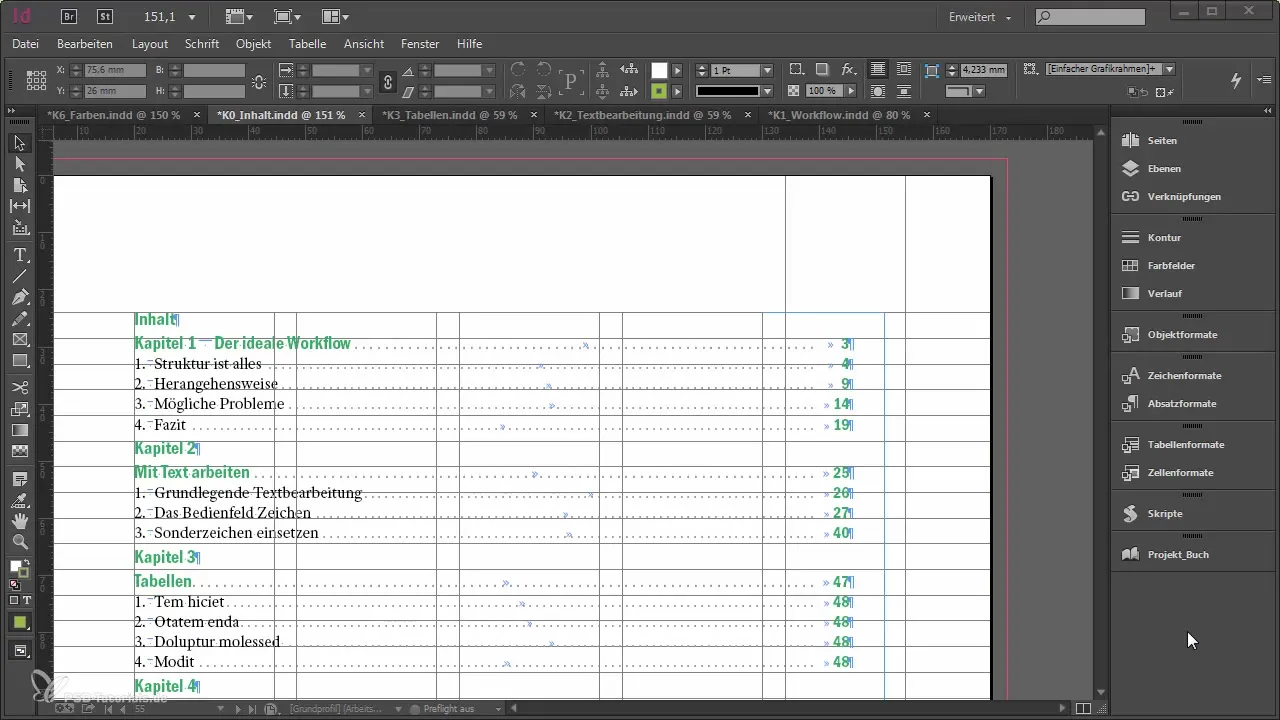
You can start with the cross-reference function by opening it in your document. First, look for the option "Insert Cross-Reference" and open it. In the window that opens, all documents you currently have open will be displayed. Here, select the chapter you want to reference.
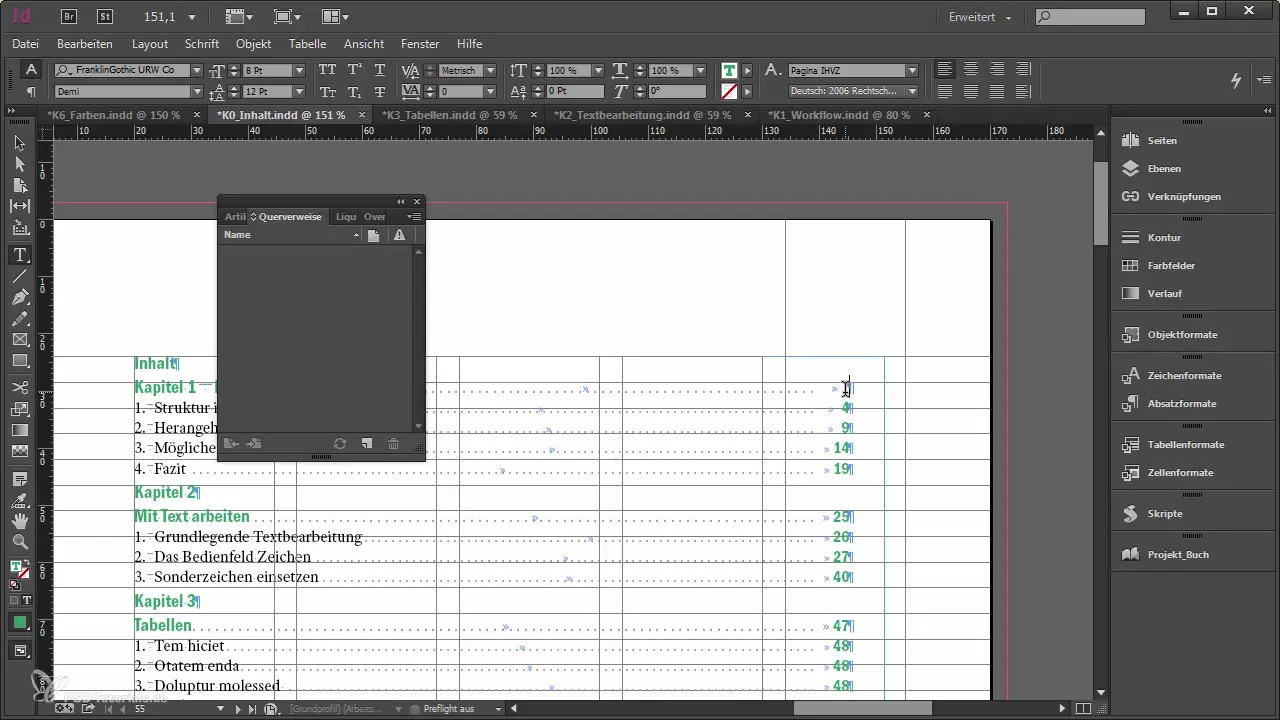
Once you have chosen the chapter, for example, Chapter 1, go to the first page of that chapter. You can now add the page number that is referenced. It is important to adjust the format so that only the page number is displayed without the addition "page".
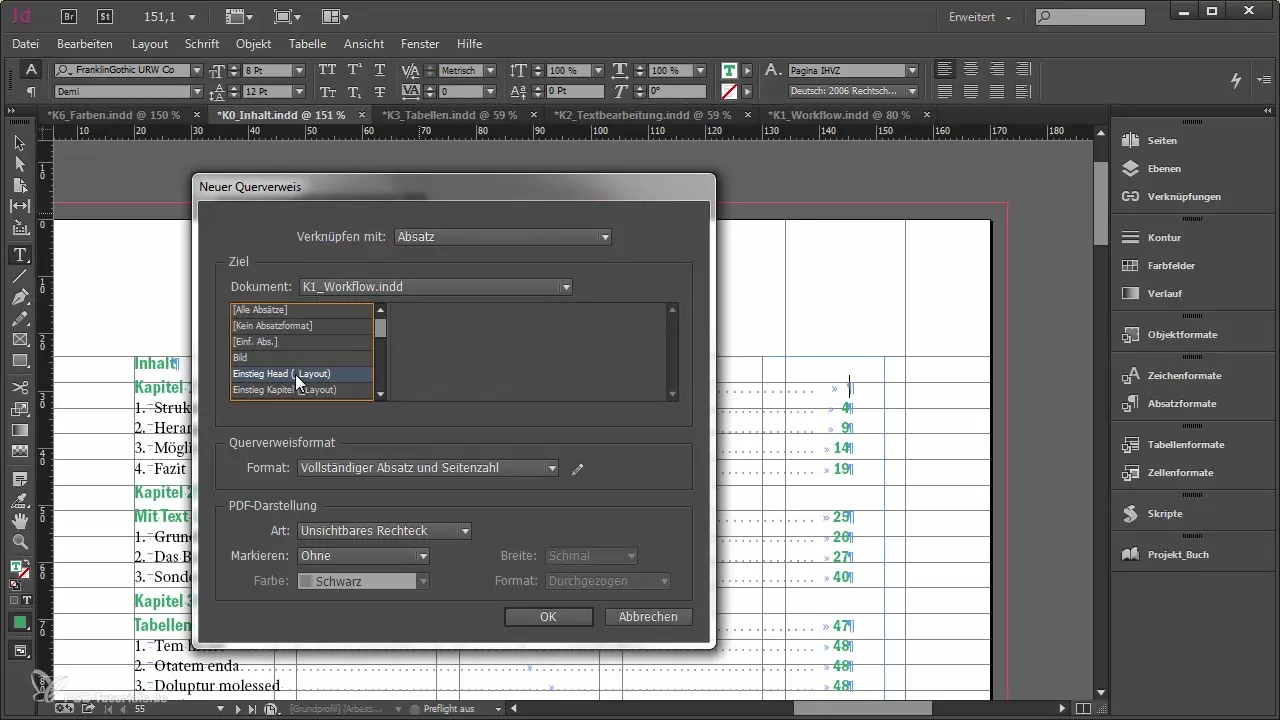
Create a new format for this and simply call it "Page". Remove all unnecessary information so that only the page number remains. This improves the clarity of your table of contents and makes it look more professional.
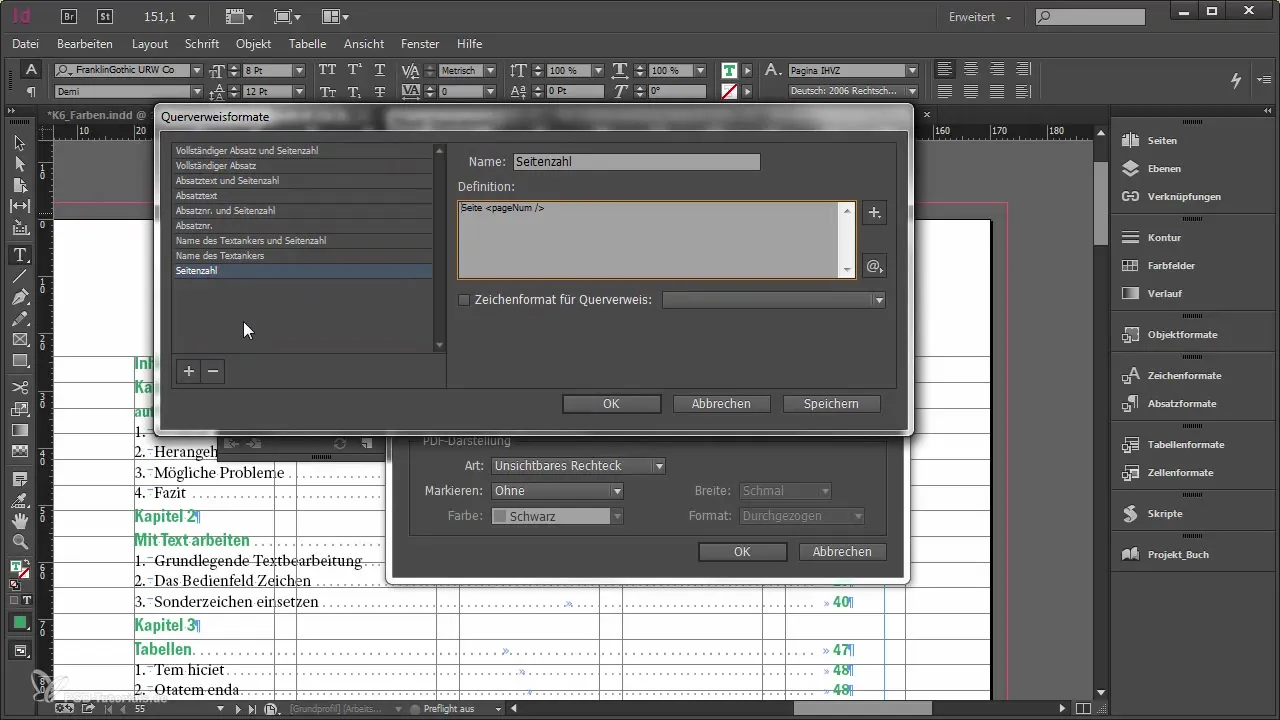
After you have created the new format, you can certainly test whether everything looks as desired. It is important to ensure that the document updates automatically when the page numbers change. Test this by changing a page number, for example when page 3 becomes page 5, to check if the cross-references are displayed correctly.
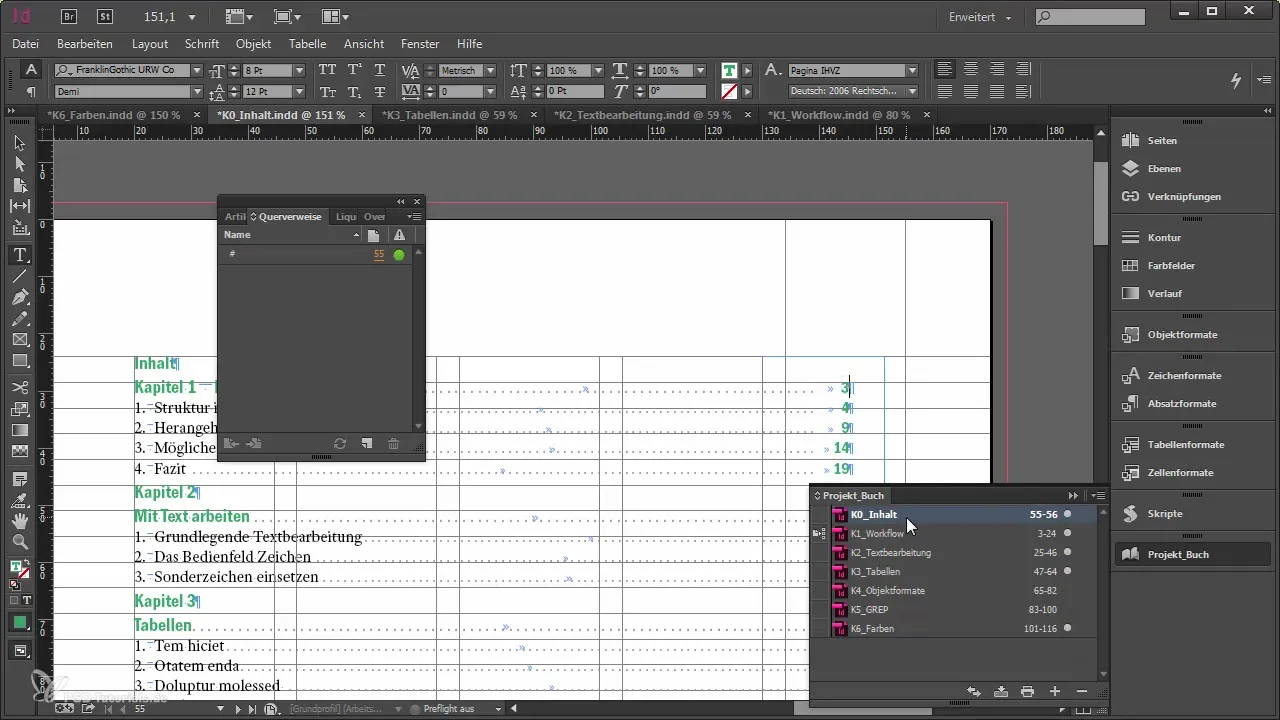
If everything works as planned and the page numbers in your document are updated dynamically, you have successfully created a table of contents with cross-references. However, keep in mind that this method may require more specific demands on the structure and layout of your document. Therefore, it is advisable to carefully weigh whether the efforts are worth it.
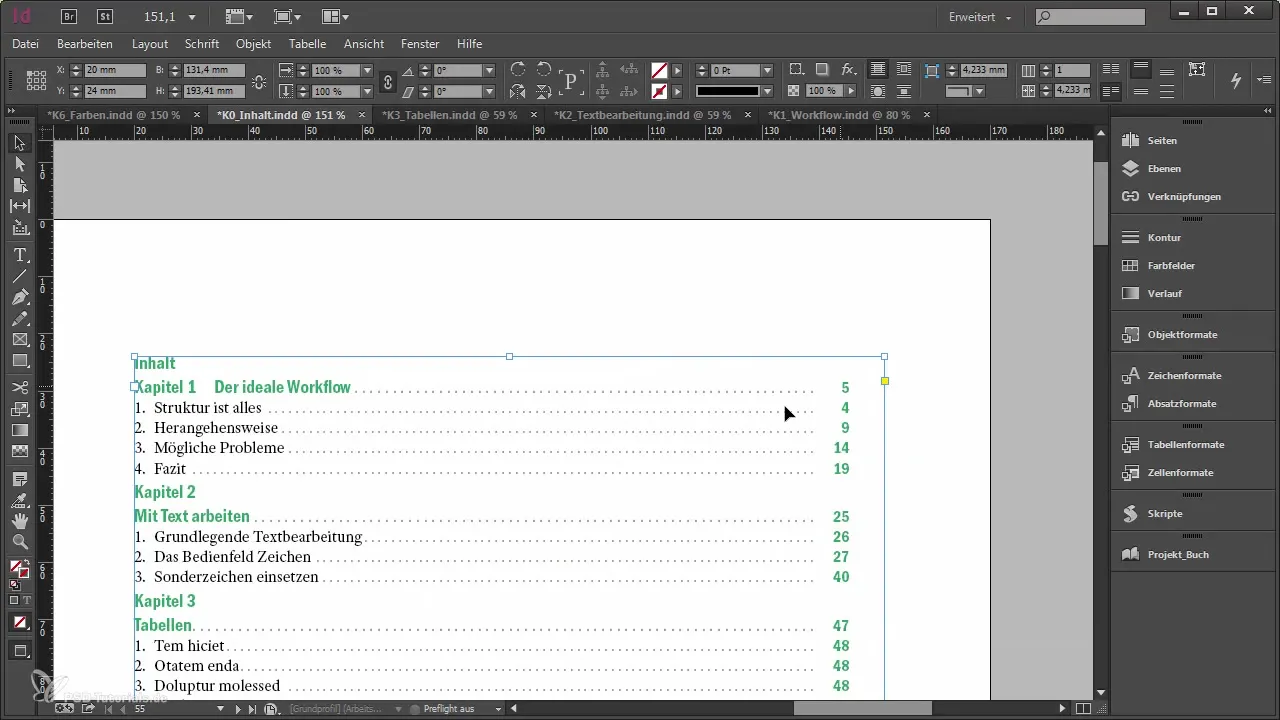
Summary - Creating a table of contents with cross-references in Adobe InDesign
Creating a table of contents using cross-references in Adobe InDesign is an effective method that allows you to create a dynamic and flexible table of contents. By adjusting formats and deliberately inserting cross-references, you can design your table of contents to be not only appealing but also functional.
Frequently Asked Questions
How do I insert a cross-reference in InDesign?To insert a cross-reference, open the cross-reference function in the menu and select the desired location in the document.
How can I change the format of a cross-reference?You can create a new format for the cross-reference by adjusting the existing format and removing unnecessary elements.
Does the table of contents update automatically?Yes, the table of contents is automatically updated when the relevant page numbers change.
What advantages does using cross-references offer?Cross-references allow for a dynamic adjustment to changes in the document, making it easier to maintain a large table of contents.


